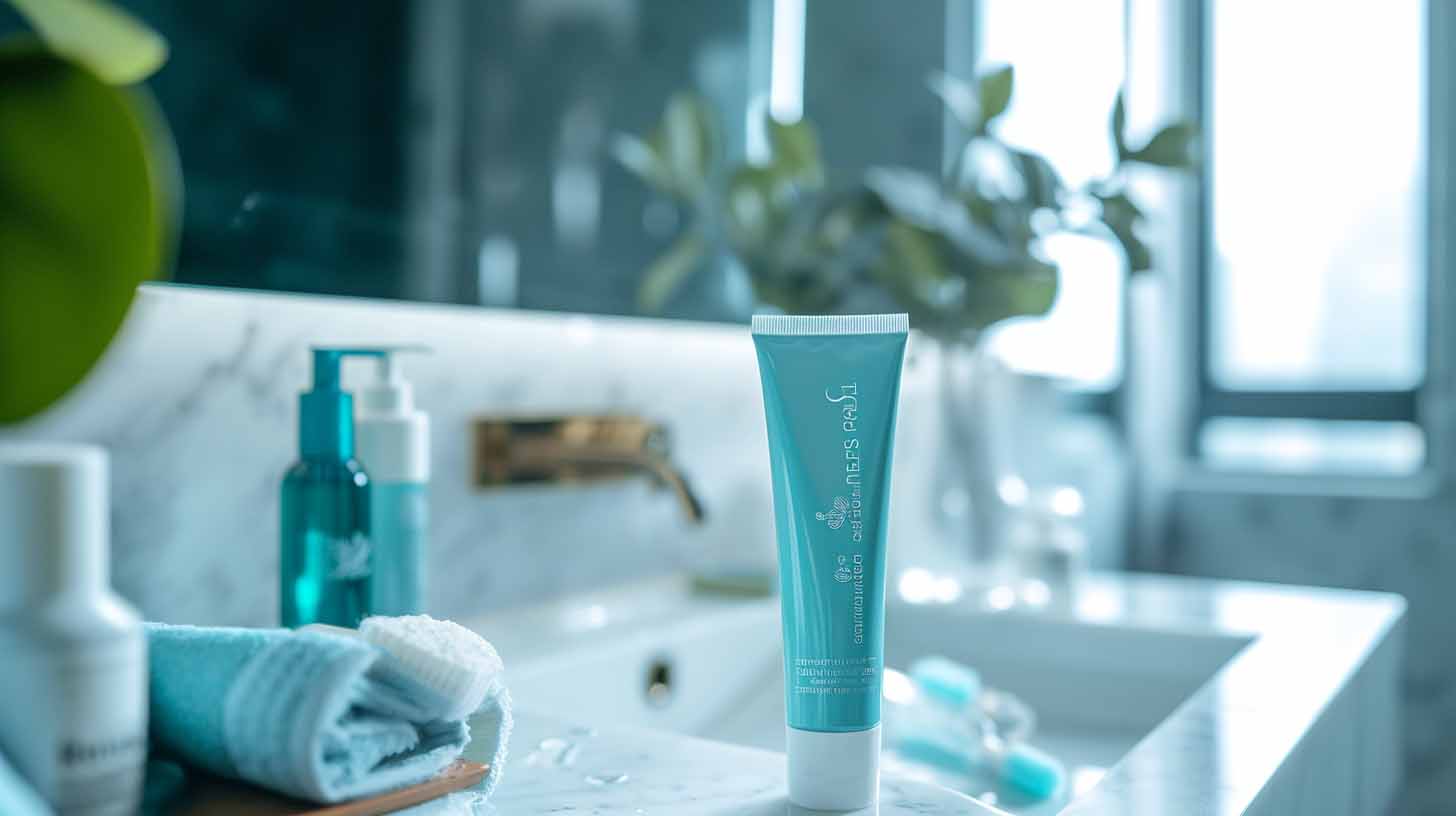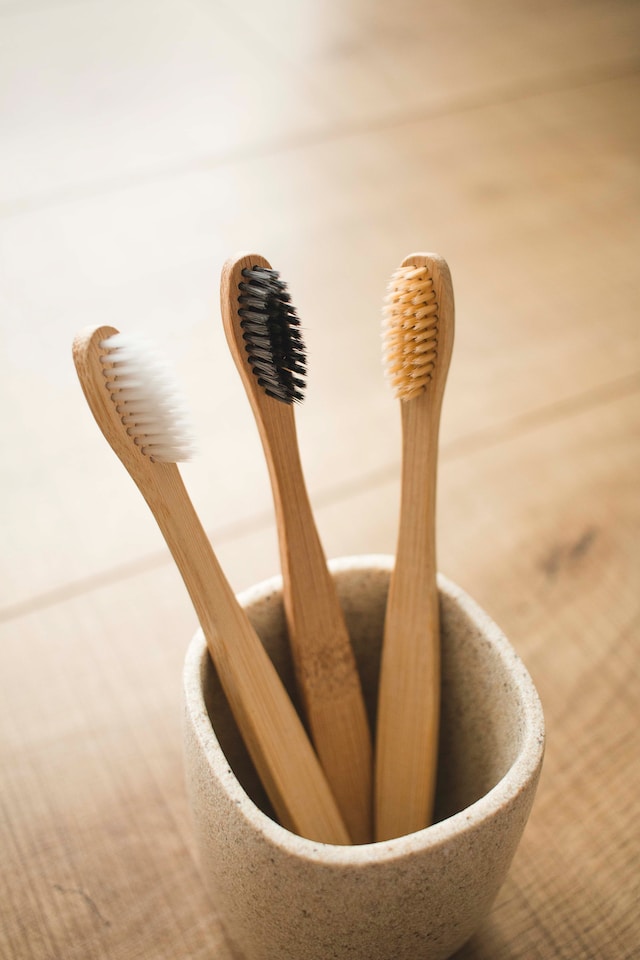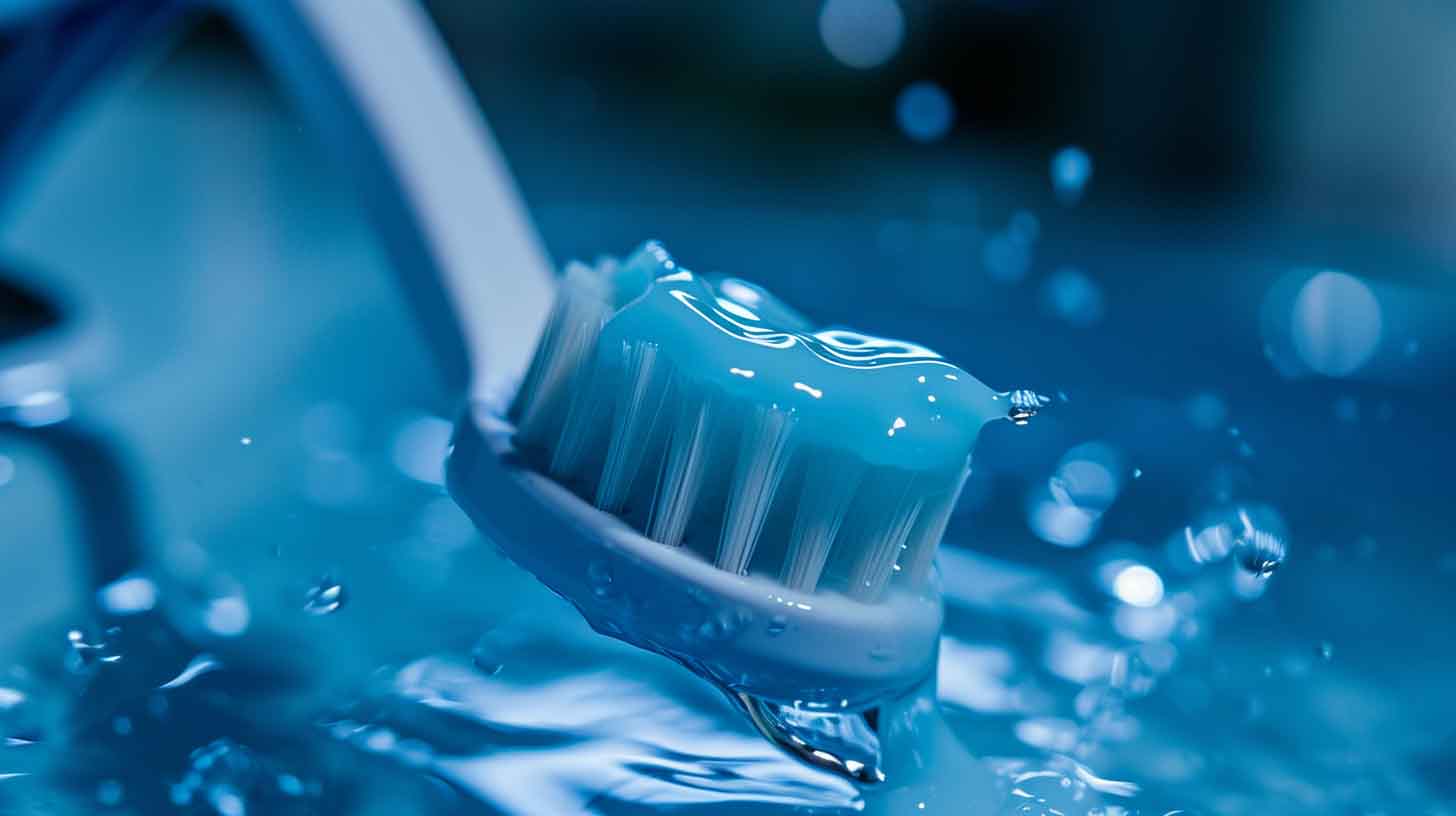Active Ingredients - Remineralizing Agents

Let’s be clear. You are unlikely to think of your teeth as much as you do about other things.
Decay can be prevented and reversed. So, if you have decay you chose to have it.
Dental decay is the most commonly preventable disease. Globally, one in two people (which is 4 billion people), have tooth decay, gum disease and/or tooth loss. That’s 2 billion people!
Sugar Doesn’t Cause Tooth Decay, Acid Does.
Tooth enamel on teeth melts away in an acidic environment. The melted enamel will reharden if the mouth environment is more neutral, that is above a pH of 5.5. The teeth however, needs to be exposed to a lot of this mineral though and be given time to reform.
With this in mind, it is super simple. Why not have something placed on the teeth that will ensure
- a pH neutral environment, and
- an abundance of tooth mineral. Toothpaste used with a proper toothbrush can help to achieve these two goals.
Toothpaste is considerably “modern”. For thousands of years however, humans have always used some type of material to clean their teeth.
The ancient Egyptians used tooth powder made from the ashes of ox hooves, myrrh, burnt eggshells and pumice. Ancient Greeks and Romans later used abrasives such as crushed bones and oyster shells. Tooth powder based in baking soda is still common and some manufacturers still markets this in some countries. Toothpaste tablets are also available today.
Are We Saved?
Toothpaste companies are looking into use actives (short for active ingredients) to improve the healing ability of our teeth and to partially solve the huge problem of prevalent dental decay.
There’s Just Too Much Information Now
The amount of information we encounter today makes it difficult to discern the truth from nonsense.
There are too many advertised active ingredients or “highlighted” ingredients out there. Scientifically, only some are proven useful while others are gimmicks.
The most studied active ingredients are fluoride, xylitol, ACP (amorphous calcium phosphate) and tricalcium phosphate, and HAP (hydroxyapatite). A toothpaste should be remineralizing and balancing the mouth environment. In some instances, the active ingredient needs to be be effectively antiseptic.
The BIG FOUR active ingredients to be aware of are fluoride, xylitol, calcium phosphates and hydroxyapatite (HAP).
Fluoride
THE TOPIC OF FLUORIDE HAS ALWAYS BEEN VERY POLARIZING AND ODDLY POLITICAL. IT WAS TOUTED AS THE MOST POWERFUL HEALING AGENT AND LATER DEMONIZED TO BE RESPONSIBLE FOR MANY HEALTH ISSUES. IT IS NEITHER.
As far back as the 1890s, fluoride was first known added to toothpastes. It is also one of the most studied materials in dentistry and in our scientific language shows “strong evidence of efficacy”. Biochemists discovered that fluoride binds with all calcified structures in our body (bones and teeth) to make new molecules called fluorapatite. This new structure is harder and more acid resistant but it doesn’t always bind as evenly compared to calcium phosphates and hydroxyapatite.
In spite of all the goodness of Fluoride there is an issue when too much of it is consumed. Fluorosis is an effect that mottles your teeth. But at safe doses in toothpastes the therapeutic effects can help strengthen teeth without negative effects.
Modern Day Fluoride
Today, fluoride in toothpaste take on many forms, with sodium fluoride being the most common. Other forms include Nicomethanol hydrofluoride (Fluorinol), sodium monofluorophosphate, and stannous (silver) fluoride.
Xylitol
Many think that xylitol is a synthetic sweetener. In fact, xylitol is a natural sugar alcohol found in plants, and in many fruits and vegetables. As it has a sweet taste, it is often used as a sugar substitute. That’s why it is often used in “sugar-free” gum, candy and more recently, toothpaste.
Bacteria Loves Glucose
The special thing about xylitol is that bacteria uses glucose as a food source. When you eat, your oral bacteria are having an energy buffet and as a result, they produce a lot of acid. When there is abundant energy, the bacteria can also reproduce quickly and thrive. Consider it a mass rapid infestation. Dental decay is inevitable.
Stop Plaque Formation
Xylitol effectively stops plaque formation by population control. It does so because bacteria can’t tell the difference between glucose and xylitol but they cannot metabolise xylitol. This “trick diet” keeps their energy level low and they can’t reproduce effectively.
This active ingredient doesn’t, however, remineralise your teeth. It only helps to solve half the problem by controlling germ population and balancing the mouth environment. If you end up consuming lots of sugar and acid, your teeth will still break down.
Xylitol is best used in combination with other actives, such as fluoride, ACP or HAP.
Calcium phosphates: Amorphous Calcium Phosphate (ACP) and Tricalcium Phosphate (TCP)
ACP and TCP are used in premium toothpaste because it helps the delivery of fluoride into the teeth. You may recognise calcium phosphates as Recaldent which is widely used in chewing gum.
This ingredient works the same way as HAP, by balancing the pH level of saliva and increasing the levels of calcium and phosphate available for the teeth to reabsorb.
These minerals and molecules are also very safe for consumption and therefore safe for children under the age of 3. After 3 years old, fluoride is acceptable but it is best to a small pea-sized amount.
Hydroxyapatite (HAP) or Nanohydroxyapatite
HAP is not a new material used in toothpaste. It has, however, increased in popularity recently, as consumers are trying to find safer alternatives to fluoride while having an effective toothpaste. It was first developed, and use popularly, as a bone grafting material. Our bones, as it turns out, are made of the same crystalline molecule as our teeth.
HAP has been very effective to treat highly acidic mouths in people with acid reflux
Some toothpaste companies have used HAP as the only active ingredient while others use HAP in combination with fluoride and ACP.
Hydroxyapatite is safe to use at any age, so it is an effective ingredient for young kids with a very acidic mouth and a high risk of developing dental decay.
Final Remarks
We choose toothpaste for various reasons and that is usually based on price convenience and taste. The most important and logical reason to choose a specific toothpaste is its efffectiveness - one that balances the mouth and remineralizes your teeth. Do look out for the active ingredients and try them out. With proper use, you will enjoy the benefits and have a healthier mouth.
Important further reading
Altan H, Göztaş Z, Kahraman K, Kuş M, Tosun G. Inhibition Effects of Different Toothpastes on Demineralisation of Incipient Enamel Lesions. Oral Health Prev Dent. 2019;17(2):179-185. doi: 10.3290/j.ohpd.a42202. PMID: 30874251.
Anil A, Ibraheem WI, Meshni AA, Preethanath RS, Anil S. Nano-Hydroxyapatite (nHAp) in the Remineralization of Early Dental Caries: A Scoping Review. Int J Environ Res Public Health. 2022 May 5;19(9):5629. doi: 10.3390/ijerph19095629. PMID: 35565022; PMCID: PMC9102186.
Subscribe to be
the first to know about new articles




